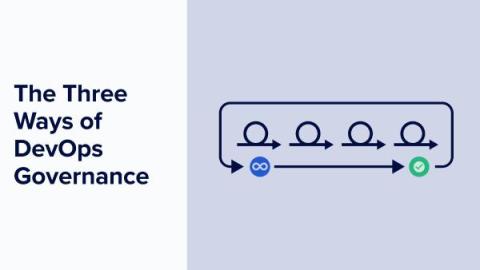Operations | Monitoring | ITSM | DevOps | Cloud
Security
The latest News and Information on CyberSecurity for Applications, Services and Infrastructure, and related technologies.
Importance of Hiding Your IP and Using SOCKS5 Proxy
The Role of Open Architecture in Creating a Unified Security Platform
Security Webinar: Modernize Your Patch Management
The Three Ways of DevOps Governance
In this blog post, I take a look at modern IT governance by applying the classic “Three Ways” of DevOps principles originally introduced by Gene Kim in his seminal 2012 article. “We assert that the Three Ways describe the values and philosophies that frame the processes, procedures, practices of DevOps, as well as the prescriptive steps.” Here’s a quick reminder of the three ways set out by Gene: For Gene, all DevOps patterns can be derived from these three principles.
Navigating the Global Cybersecurity Talent Shortage
Data Overload: Why Companies Collect Too Much Data and Pay the Price
In the US, a recurring news topic is the state of the federal budget – and if we’ll get one signed. Government budgets have hundreds of thousands of line items; each bickered over to gain or lose political capital with one group or another. However, most government budgets aren’t up for debate. Only about 30% of the US federal budget is discretionary or flexible. Nearly two-thirds, or 63%, is mandatory spending required due to prior commitments.
How to Detect Unauthorized Changes in Production with Kosli
Let’s not beat around the bush: change management is a prehistoric discipline desperately in need of fresh thinking. Its “best practices” are frankly terrible. Nobody honestly thinks manually filling out change tickets, waiting for CAB meetings and external approvals does anything to meaningly reduce risk. Change management is slow, inconsistent, doesn’t scale, and is prone to error.
How To Choose The Right Internet Provider For Your Business
What is a Kubernetes cluster mesh and what are the benefits?
Kubernetes is an excellent solution for building a flexible and scalable infrastructure to run dynamic workloads. However, as our cluster expands, we might face the inevitable situation of scaling and managing multiple clusters concurrently. This notion can introduce a lot of complexity for our day-to-day workload maintenance and adds difficulty to keep all our policies and services up to date in all environments.











